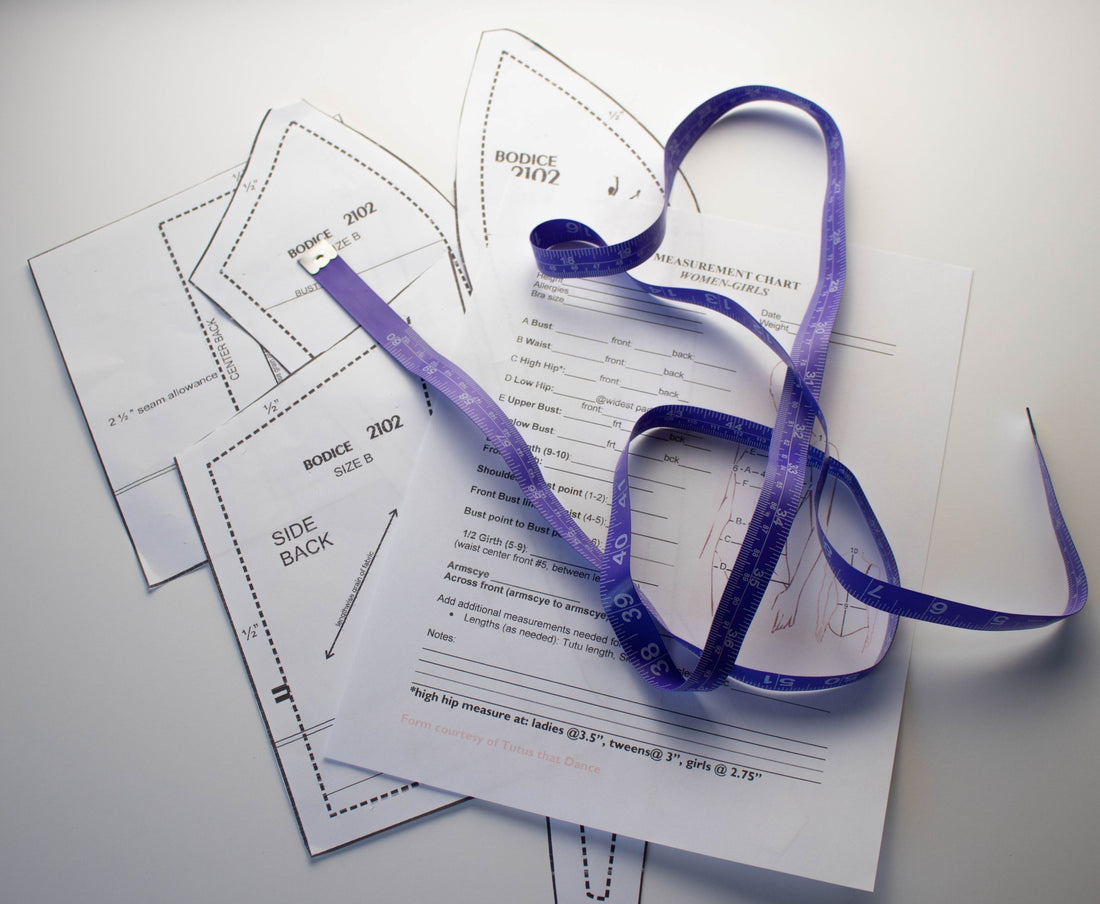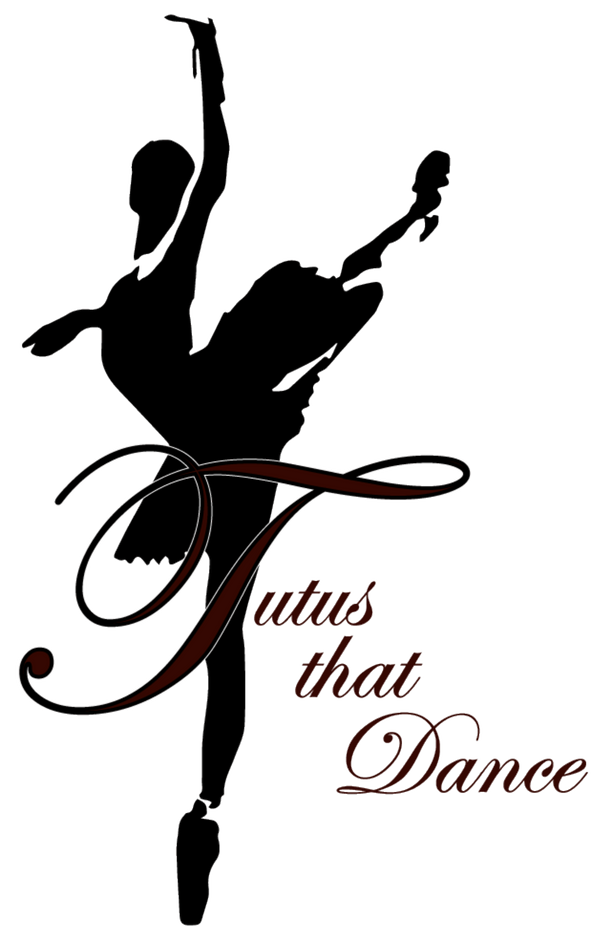
Measuring
Share
MEASURING- SIZES-PATTERNS
HOW, WHERE and WHY
PURCHASE ARTICLE HERE: https://tutusthatdance.com/collections/faq-articles/products/measuring-sizes-patterns
Measure accurately!
- For well-fitting costumes, accurate measurements are necessary. Not only must you measure in the correct places, but accurately.
- Have female dancers wear a tight well-fitting leotard (no bra unless it will be worn under the tutu), Male dancers, tights and a tight t-shirt.
- Having someone help write the measurements down as you take them is helpful.
- Tying a piece of elastic around the waist will help in keeping the measurements true.
- MEN: Establishing waist on men is more difficult as many do not have a “defined” waist. Often you will have to just go by visual proportions. Tie the elastic there.
- Tape measure should be snug. Allow no extra room, nor dent in the skin.
- Check your design against the chart add any needed measurements.
- Tape measure should be level, parallel to the ground. Do not allow it to dip down or up.
- MEN: Men should be pumped up (not cold) when measuring. There is often a huge difference between pumped up and cold muscles, particularly with mature or muscular dancers.
When you have someone else providing the measurements:
- Having someone else taking measurements can sometimes result in issues if not taken the same or doesn’t provide the accuracy you need.
-
A few tips on helping with that:
- Give them the same chart, add notes if needed.
- Provide them with the same “how to take” information.
- IF possible, face time, skype or any other visual method will avoid any questionable measurements.
Working with patterns
Are professional patterns the same as commercial patterns?No! If you’ve never used patterns made for professionals, you’ll notice several things:
- Bust, waist, hip lines, as well as actual measurements, are noted on pattern pieces to aid in getting accurate fit and for altering.
- You’ll see that the ease in the fit is different. As costumes must fit skin tight, usually there is no ease added. Commercial patterns have ease added to allow a "comfortable fit".
- Instructions or notes are NOT as detailed as commercial patterns and a certain amount of sewing/costuming knowledge is presumed.
- In most cases pick the pattern size that matches or is closest to the bust/chest measurements.
- Other areas are generally easier to alter. Length, waist or hip.
Checking pattern
- Our patterns have the bust/chest, waist, and other markings to help with getting an accurate fit needed for ballet costumes.
- To compare to the pattern:
- Align all pattern pieces connecting bust/chest line.
- Some pieces may fall below the bust line, maintain an approximate line.
- Side front bust may angle (where the dart is usually)
- Measure the line.
- Repeat with the waistline and *back length.
- *Back length on bodices is only a percentage of the total back length measurement.
-
Men’s patterns (tunic, jacket) have some ease added to the chest. Order by their chest size. If you need to alter or check the pattern, the top of the pattern will have how much ease was added to the pattern. That will be part of your calculations.
Example: dancers chest size (pumped) 36” added ease 3”. Total pattern chest width should be 39”.
For more detailed information, there are often classes on fitting, pattern alterations at our seminars.
